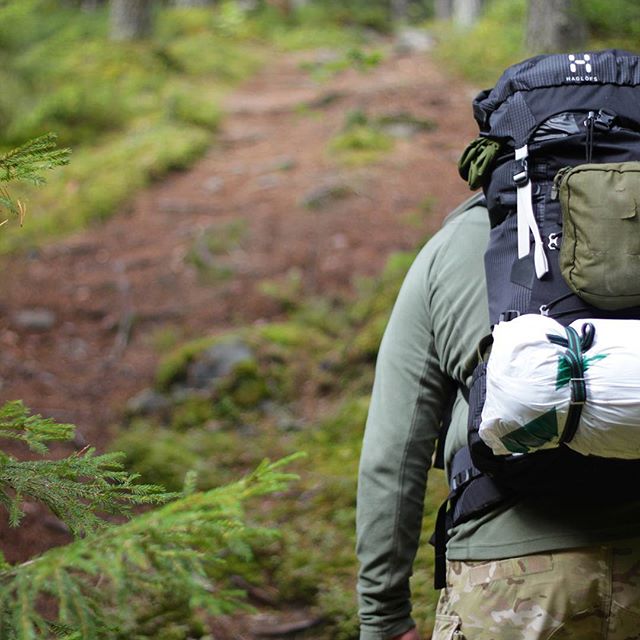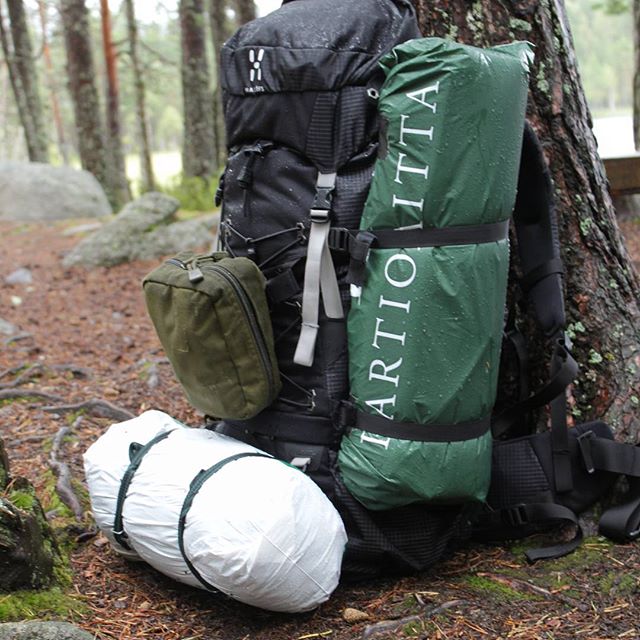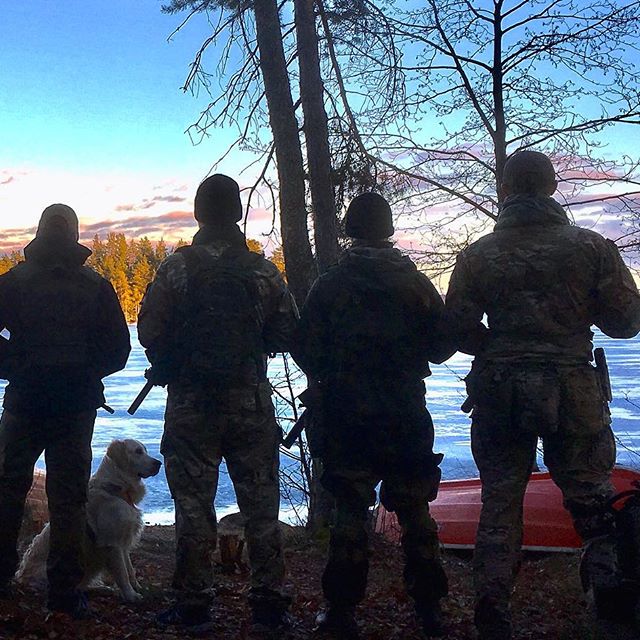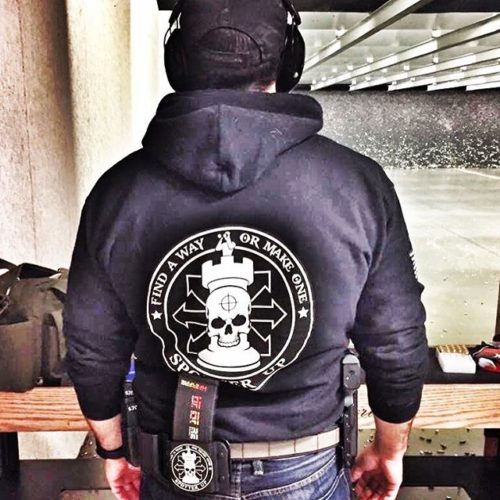The small Go-Bag or the Bug-Out-Bag are bags where the focus is on evacuation. The larger 72 Hour Kit has a focus on survival, and the 96 hour kit is just an extension of a 72 hour kit.
The 96 hour kit should contain all the essential things needed to get through 4 days until emergency services and direct disaster relief to arrive. This can be anywhere from 3-4 days.
The kit you put together, shouldn’t just be a jumble of items that are thrown together. It should make sense for your region.
For example, if you live near areas that get lots of flooding and rain, then pack along a tarp and a water purification kit. In areas where you get a lot of fires, has few water sources and is normally hotter, you might want to carry more water to manage your dehydration.
Living in the city might mean more areas to shelter and you won’t need to carry tent materials. Get to know your surroundings. Do you live near the Grand Canyon or New York City? Are you close to the woods , people, food sources, hospitals or fire departments?
The severity of the crisis and your general location will dictate some of the things you need to prepare for, and what will go into your bag.
First, always make sure your items of a good quality. You don’t want to buy low quality items and then find out they don’t work for you the day you need them. Buy the best that you can afford: tools, boots, gloves, etc. Quality will last you a long time. As the saying goes, “Quality is remembered long after the price is forgotten.”
Also, you don’t want to just throw the items into your pack, or have them spread out around the house, and then scramble to organize them when the need arises. The purpose of having a Bug-Out Bag, Go Bag, or a 72, 96 hour bag is so they can be grabbed when any crisis occurs. We’re not talking about a nuclear explosion here.
A house fire, large flood, hurricane or tornado could be things you would need your kit kept somewhere near the front or back door of your home. A railroad train derailment with toxic fumes may be a major disaster where you need to hightail it out of there. Some people flee their homes dressed in just flip flops and their pajamas. Try to have something at the ready downstairs in your garage, ready to go.
One other thing…firearms or knives. If you live in a region where it is permissible to carry one, then do so. You could run into wild animals, people who want what you have, or you might have to run to the aid of someone in need.
All of the items on this list should be sufficient for most needs. Adjust it as you see necessary. Make sure you weigh it all to see if this is something you can carry and distribute the load among your family members if you must. Good luck.
First Aid
- Emergency literature kept for referencing.
- Throw out your bottles and label your Ziplock bags with marker pens. Carry enough Tylenol and aspirin to last an extended evacuation period. Make sure you have enough of your prescription ready to go. Have enough (bandages, splints, tweezers, gauze pads, medical tape, moleskin, scissors, wound irrigation, etc.)
Preventative Aid
- Foot powder
- Body powder, medicated
Light, Heat, Fire Making
- Candle lantern
- Flash light
- Glow sticks
- Lighter
- Magnesium block
- Magnifying glass
- Match safe & matches
- Pack lantern
- Spare bulb, batteries
- Spare flints
- Spare lantern mantles
- Spare plumbers candles
Navigation Map: Your map should include the location of safe havens, rally points with friends or family and emergency centers near your area. If these locations aren’t marked on your legend, be sure to add them: Hospitals, police stations, fire departments, government buildings, schools, public venues with security, airports, United States/allied units or corporations. Try to come up with more than one route to your destination. Also list support centers: Medical clinics, fuel stops, and restaurants.
- Watch: Try to have a watch that includes an Altimeter, Compass and/or Pedometer.
- Compass
- Global positioning system (GPS)
- Map case or Sandwich Bag
- Map measure
- Maps
- Pedometer
Tools and Repair Kits
- Hatchet w/sheath or a good Khukri /sheath
- Gerber tool
- Spare parts: pack, stove, lantern
- Tent/ Pack patch kit or 100 mph tape Duct Tape and Paracord
Fishing Equipment
Cooking Equipment
- Book matches, water proof
- Can opener, P-38
- Cook set
- Eating utensil set
- Fuel bottles
Personal Hygiene & Sanitation Hand sanitizer, a few wet-wipes, Lip Balm, Small Toothbrush and Paste Kit. Toiletry Kit: Includes a small towel, toiler paper, toothbrush, toothpaste, and soap. Lots of shops carry the hotel-sized, mini soap bars and small toothpaste tubes.
- Small towel
- Eye drops
- Feminine hygiene items
- Soap and case
- Toilet tissue, biodegradable
- Toilet trowel
- Small tooth brush & tooth paste
Personal Items
- Binoculars
- Swiss Pocket knife
- Sharpening stones and oil
- Extra house and car keys
- Shermagh or Handkerchief
- Sun & prescription glasses
- Scriptures
- Repellent
- Lip balm
- Sun block
- Body powder, medicated
- Hand lotion
Clothing Maintenance and Repair
- Sewing Kit
- Small scrub brush
- Spare shoelaces or bootlaces
Cash Electronic banking transactions may not be available during the initial period following an emergency or evacuation. Keep enough on hand to buy fuel, food, medicine etc.
- $10 in Quarters
- $100 in small bills
- Credit Cards
- Debit Card
Emergency Communication
- Cell phone Two way radio: CB, GMRS, FRS
- Waterproof Notepad
- Paper, pencil and a permanent marker: Marking a location on the map, leaving information on a community board, drawing on a wall, etc.
- Pocket radio, battery/solar power
- Signal die, water
- Signal flares, night
- Signal mirror
- Signal smoke, day
- Solar battery charger
- Space blanket
- Strobe light/Petzl
- Whistle
Bedding Mylar blankets are compact and they are affordable. Not only can they be used to keep out the hot sun, but you can use it as waterproofing from rain.
- Foam pad, closed cell
- Poly canteens, 1 quart
- Sleeping bag
- Solar still
- Rubber surgical tubing
Hydration US recommendations are a gallon a day. At a minimum carry 1 liter in your pack. A metal container with a metal cup is great for boiling water.
- Water bag liners, plastic
- Water bag, nylon
- Water purification tablets
- Water purifier & extra filters
Food Pack half a dozen energy bars. There are plenty of choices of high calorie nutrition bars, and emergency rations, at many health food stores and survival/tactical shops. Dried raisins, cherries, apricots are a good, sweet, and healthy treat and don’t take up too much room.
- MRE’s
- Energy bars, tablets
- Frame
- Pack
- Personal daily rations
- Plastic garbage bags
- Stuff bags
- Trail snacks Shelter
- Twist ties
Tent and Light Pack & Frame
- Compression straps and 50 ft. rope or nylon line
- Ground cloth
- Rain poncho or a tarp
- Tent
Clothing Pack away something durable and suited for your region. Light-weight or heavier clothing, hat and gloves. Wool socks by Thorlos are a good addition. Good footwear keeps your feet from getting really cold. You may have to cross cold streams. A good head-covering reduces your head exposure to the elements. You definitely want something to protect your lips, nose and ears from the sun or cold. I like the rappelling gloves because the palm has additional padding on it. I also have a pair of insulating gloves that keep my hands warm because our winters are very cold. Also, during a disaster you may have to climb rubble or chain link fencing. Some inexpensive, leather models retail for $10.00. Bandana, Shermagh or a simple face mask. Depending on your situation and the weather it can keep away dust, debris and protects your lungs from junk
- Balaclava or Bandanna, large
- Belt and buckle
- Gloves, leather
- Hat
- Hiking boots
- Jacket
- Mittens, wool
- Parka
- Poncho
- Scarf
- Shirts, long sleeve
- Shirts, short sleeve
- Shorts, hiking
- Socks
- Sweater or good hoodie
- Thermal underwear
- Trail sneakers
- Trousers, long
- Underclothing
- Brightly colored fabric
Weapons
- Firearms and enough ammunition if you’re able. If you’re able to keep it at work, then do so. A small pistol is ideal. Thankfully I wear a gun when I’m working or not. Hopefully you can stow one away.
- Pepper Spray: Use on animals or humans.
- all images from Noble & Blue
[amazon_link asins=’B004DKPT4K,B001E8EXHS,B0019VWSQ8,B003HHV0QQ,B005KDBHWM,B01NBKNSS4,B00EMG5ZL2,B00EMG5L5C,B018GW9SJM’ template=’ProductCarousel’ store=’spoup-20′ marketplace=’US’ link_id=’8b93a22e-37eb-11e7-bf0b-114c32810b47′]
[jetpack_subscription_form]
Brought to you by the dudes at Spotter Up






